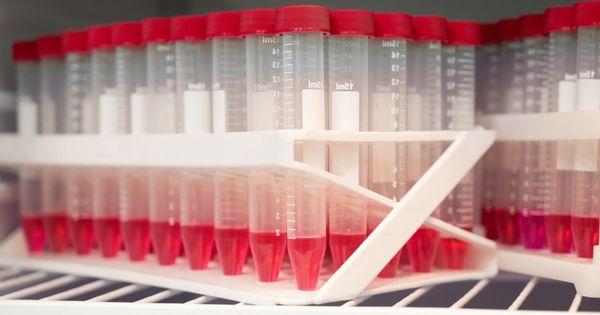
Chemical storage in laboratory settings includes facilities that fit the substance’s needs. It also prevents volatile chemical reactions. Read our brief overview of modern chemical storage practices for more information.
Principles of Safe Storage
Various storage facilities are suitable for chemicals in the laboratory environment. The facilities have special designs to safeguard hazardous substances properly. Substances must adhere to the principles of safe storage before scientists store containers in their appropriate place.
Labeling is a major principle of safe storage. All chemical substances must have appropriate and clear labels with the name of the substance and hazard category (i.e., flammable, toxic, corrosive).
Furthermore, sensible shelf storage ensures workers have access to containers without obstructions like clutter. A clean and organized storage space reduces the chance of knocking over substances or overcrowding shelves.
Common Storage Facilities
Storage facilities are crucial parts of modern chemical storage practices. They are where chemicals stay until professionals need them. Containers have specific storage needs depending on the substance. Here are the common storage facilities:
- Shelving – heavy-duty shelves that hold different-sized containers.
- Fridges and freezers – units with internal thermostats to keep substances cool.
- Acid cabinets – acid-resistant cabinets with trays to catch leaks or spills.
- Flammable solvent cabinets – metal shelves with a minimum fire resistance of half an hour.
- Ventilated cabinets – free-standing cabinets with forced ventilation.
General Storage Requirements
Laboratories must follow general storage requirements to ensure proper organization. Chemicals need identifiable storage, shelves must be leveled and stable, and chemicals must be stored away from direct sunlight or heat sources.
Additionally, shelves need trays to minimize the spread of spills. It’s also important to label storage facilities to prevent improper placement.
All laboratory personnel must abide by storage requirements and other appropriate guidelines.
Chemical Segregation
Segregation of incompatible chemicals is vital for laboratory storage and safety. Alphabetical grouping of chemicals can inadvertently place two incompatible chemicals next to each other.
If containers break, a violent reaction is possible. For example, Acetic acid and Acetaldehyde have an explosive reaction, and Cupric sulfide and Cadmium chlorate explode on contact.
Scientists must segregate chemicals into categories according to their specific hazards to prevent unintended reactions. The categories include flammables, corrosives, toxics, water reactive, pyrophoric, and oxidizers.
Keep Laboratories Safe
Chemical storage is complex. Using the wrong storage facility or failing to follow guidelines has serious consequences. Lab personnel are responsible for safe and functional laboratories. They keep the environment safe by following good practices.
Moravek offers HPLC testing services for clinical studies. We store chemicals in our qualified stability chambers. Contact us today to learn more about our analytical purification services.
